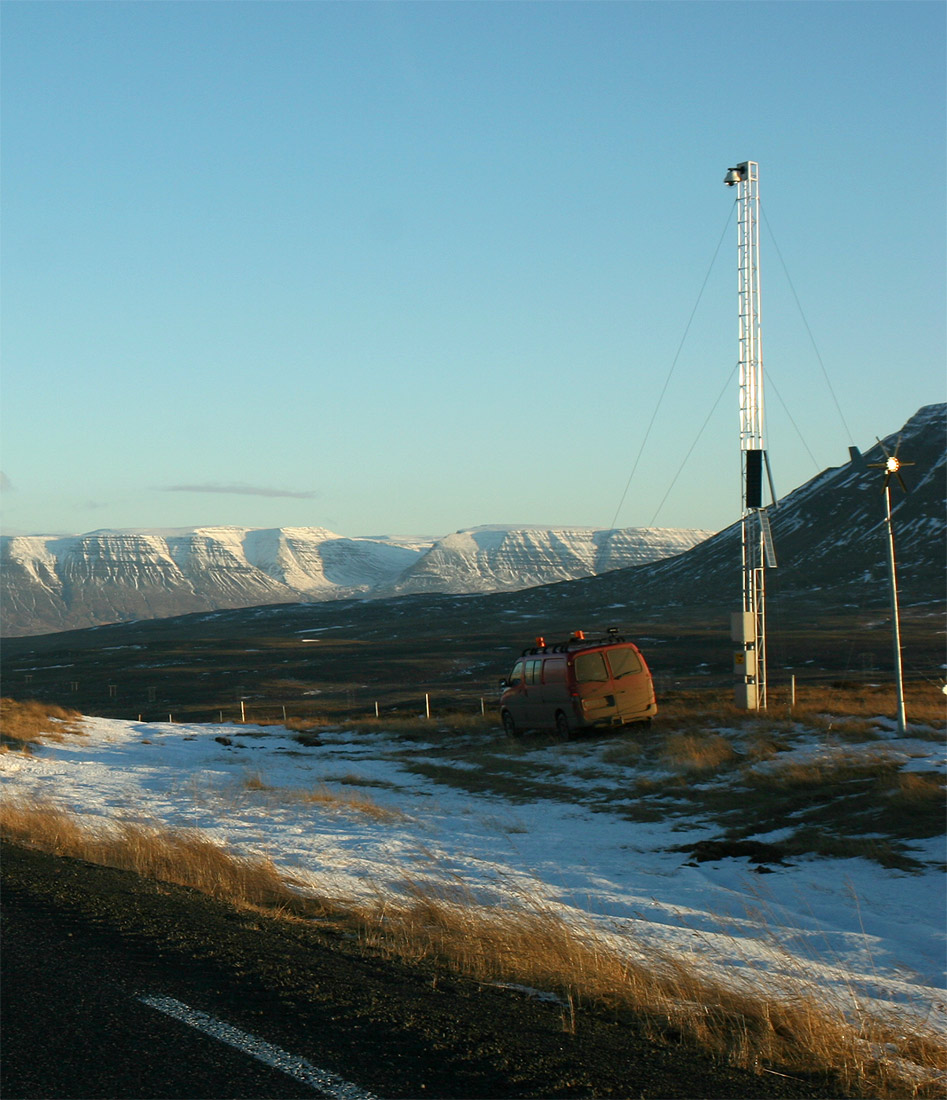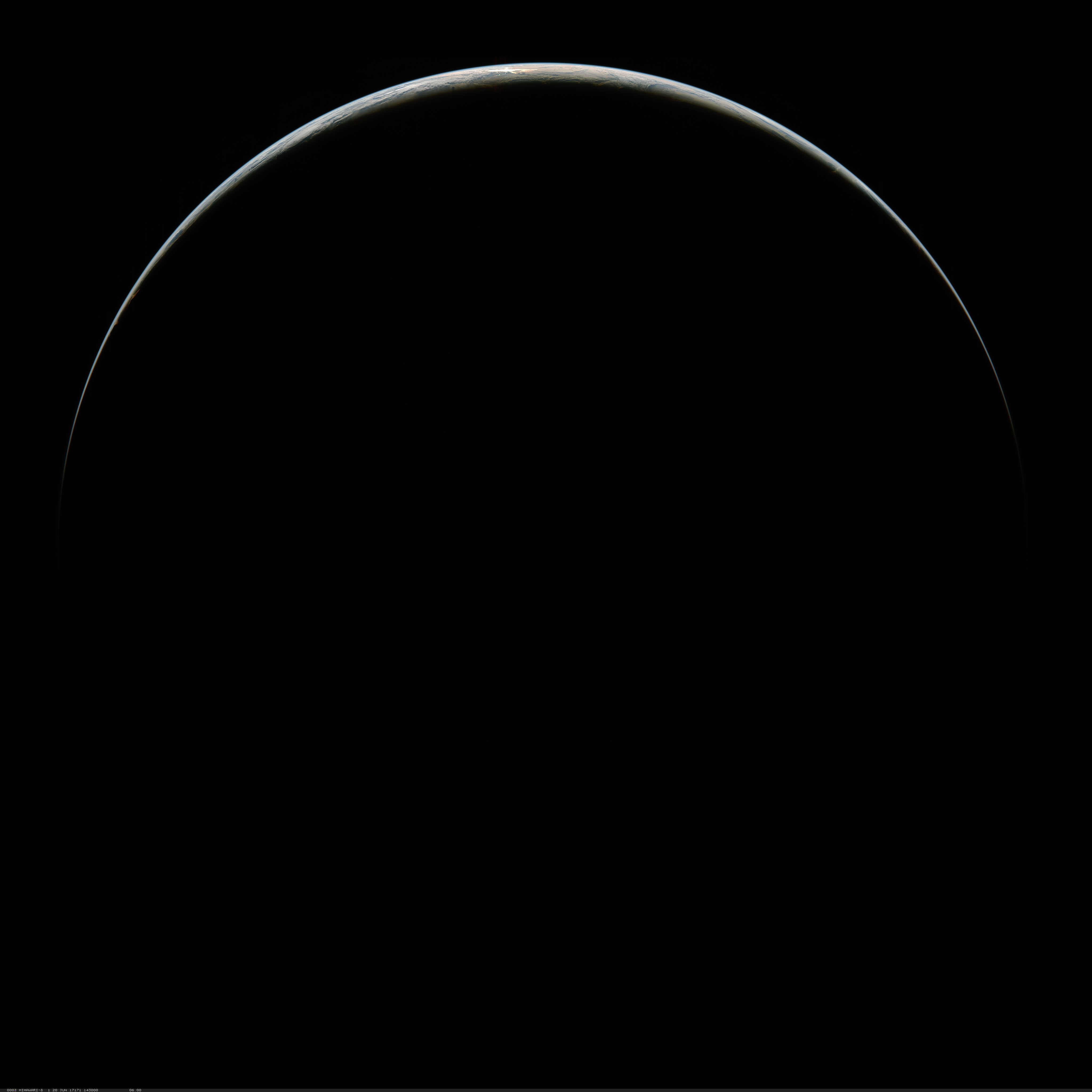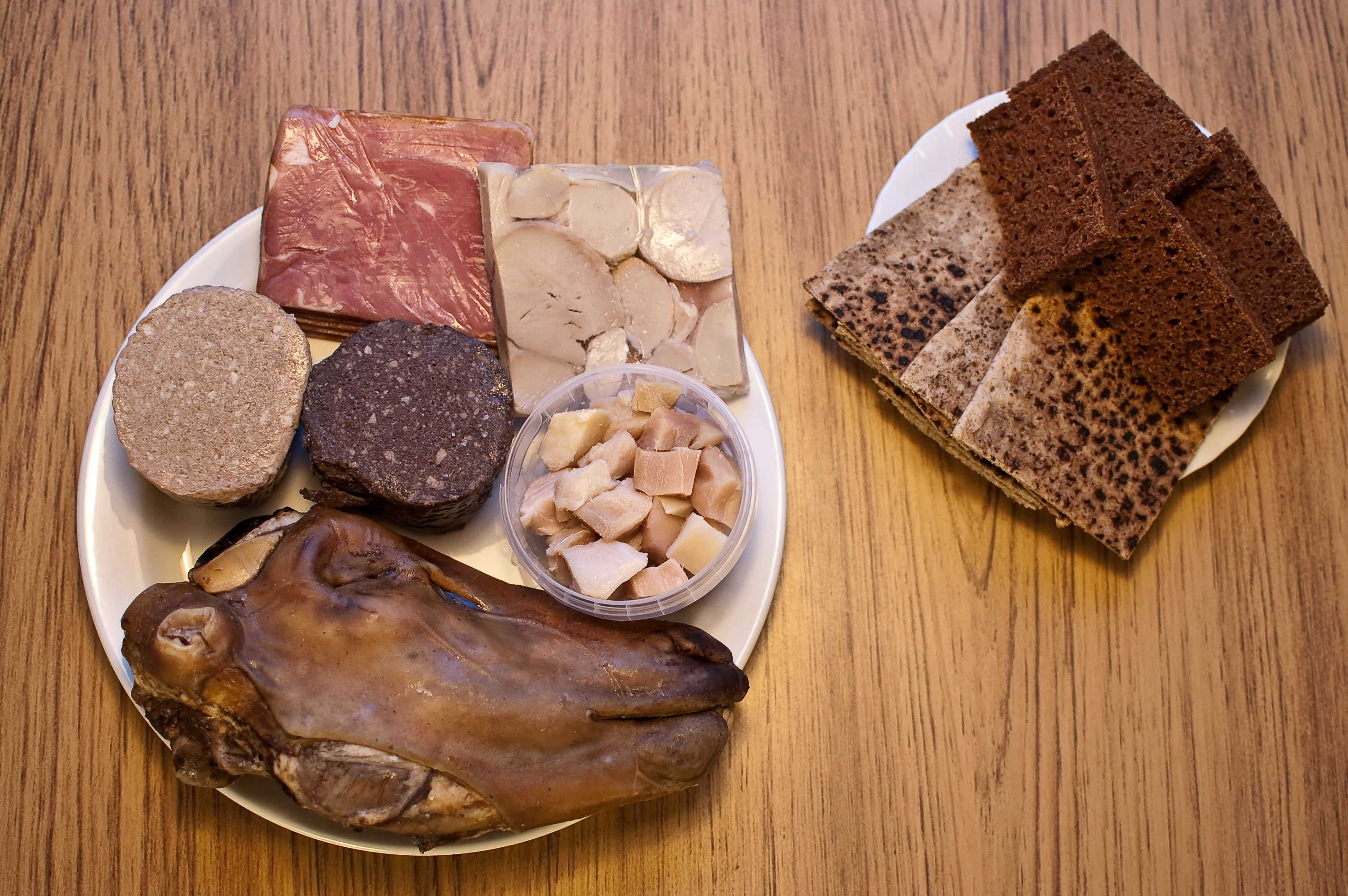|
First Day Of Summer
The first day of summer ( ) is an annual public holiday in Iceland that is celebrated on the first Thursday after 18 April (some time between 19-25 April). It is a celebration of the start of the first summer month () of the old Icelandic calendar. The old calendar had six months of short days (winter) and six months of nightless days (summer), so even though the climate of late April in Iceland is not very summer-like (on fourteen occasions between 1949 and 2015 the average temperature in the capital, Reykjavík, has been below freezing), the day marks the lengthening of the days and the harsh winter being over. Parades and organized entertainment are held in various places around Iceland on the first day of summer. According to folk belief In folkloristics, folk belief or folk-belief is a broad genre of folklore that is often expressed in narratives, customs, rituals, foodways, proverbs, and rhymes. It also includes a wide variety of behaviors, expressions, and beliefs. ... [...More Info...] [...Related Items...] OR: [Wikipedia] [Google] [Baidu] |
Iceland
Iceland ( is, Ísland; ) is a Nordic island country in the North Atlantic Ocean and in the Arctic Ocean. Iceland is the most sparsely populated country in Europe. Iceland's capital and largest city is Reykjavík, which (along with its surrounding areas) is home to over 65% of the population. Iceland is the biggest part of the Mid-Atlantic Ridge that rises above sea level, and its central volcanic plateau is erupting almost constantly. The interior consists of a plateau characterised by sand and lava fields, mountains, and glaciers, and many glacial rivers flow to the sea through the lowlands. Iceland is warmed by the Gulf Stream and has a temperate climate, despite a high latitude just outside the Arctic Circle. Its high latitude and marine influence keep summers chilly, and most of its islands have a polar climate. According to the ancient manuscript , the settlement of Iceland began in 874 AD when the Norwegian chieftain Ingólfr Arnarson became the first p ... [...More Info...] [...Related Items...] OR: [Wikipedia] [Google] [Baidu] |
Public Holidays In Iceland
Public holidays in Iceland are established by the act of the Icelandic parliament''.'' The public holidays are the religious holidays of the Church of Iceland and the First Day of Summer, May Day, the Icelandic National Day. In addition, Christmas Eve and New Year's Eve are holidays from 1PM. There are also twelve official flag days in Iceland, some of which are not public holidays. On a flag day all government buildings fly the flag. Although citizens are not obliged to do it, most people do, if they have a flagpole. Public holidays Other days that are celebrated In addition to the public holidays, other special days are celebrated in Iceland, some of which are official flagdays as well. References {{Public holidays in Europe Iceland Icelandic culture Law of Iceland Holidays A holiday is a day set aside by Norm (social), custom or by law on which normal activities, especially business or work including school, are suspended or reduced. Generally, holidays ... [...More Info...] [...Related Items...] OR: [Wikipedia] [Google] [Baidu] |
Icelandic Calendar
The early Germanic calendars were the regional calendars used among the early Germanic peoples before they adopted the Julian calendar in the Early Middle Ages. The calendars were an element of early Germanic culture. The Germanic peoples had names for the months that varied by region and dialect, but they were later replaced with local adaptations of the Julian month names. Records of Old English and Old High German month names date to the 8th and 9th centuries, respectively. Old Norse month names are attested from the 13th century. As with most pre-modern calendars, the reckoning used in early Germanic culture was likely lunisolar. As an example, the Runic calendar developed in medieval Sweden was lunisolar, fixing the beginning of the year at the first full moon after winter solstice. Months The Germanic calendars were lunisolar, the months corresponding to lunations. Tacitus writes in his '' Germania'' (Chapter 11) that the Germanic peoples observed the lunar months. The ... [...More Info...] [...Related Items...] OR: [Wikipedia] [Google] [Baidu] |
Polar Night
The polar night is a phenomenon where the nighttime lasts for more than 24 hours that occurs in the northernmost and southernmost regions of Earth. This occurs only inside the polar circles. The opposite phenomenon, the polar day, or midnight sun, occurs when the Sun remains above the horizon for more than 24 hours. "Night" is understood as the center of the Sun being below a free horizon. Since the atmosphere refracts sunlight, the polar day is longer than the polar night, and the area that is affected by polar night is somewhat smaller than the area of midnight sun. The polar circle is located at a latitude between these two areas, at approximately 66.5°. While it is day in the Arctic Circle, it is night in the Antarctic Circle, and vice versa. Any planet or moon with a sufficient axial tilt that rotates with respect to its star significantly more frequently than it orbits the star (no tidal locking between the two) will experience the same phenomenon (a nighttime ... [...More Info...] [...Related Items...] OR: [Wikipedia] [Google] [Baidu] |
Midnight Sun
The midnight sun is a natural phenomenon that occurs in the summer months in places north of the Arctic Circle or south of the Antarctic Circle, when the Sun remains visible at the local midnight. When the midnight sun is seen in the Arctic, the Sun appears to move from left to right, but in Antarctica the equivalent apparent motion is from right to left. This occurs at latitudes from 65°44' to 90° north or south, and does not stop exactly at the Arctic Circle or the Antarctic Circle, due to refraction. The opposite phenomenon, polar night, occurs in winter, when the Sun stays below the horizon throughout the day. Details Around the summer solstice (approximately 21 June in the Northern Hemisphere and 21 December in the Southern Hemisphere), in certain areas the Sun does not set below the horizon within a 24-hour period. Geography Because there are no permanent human settlements south of the Antarctic Circle, apart from research stations, the countries and territo ... [...More Info...] [...Related Items...] OR: [Wikipedia] [Google] [Baidu] |
Icelandic Meteorological Office
Icelandic Meteorological Office (IMO; is, Veðurstofa Íslands) is Iceland's national weather service and as such a government agency under the Ministry of Environment and Natural Resources. It is also active in volcano monitoring, esp. volcano seismology, and, together with other institutions, responsible for civil protection in IcelandMission. About the Icelandic Meteorological Office. (28.5.2010) Retrieved 18 August 2020. Aims and functions "The research focus of IMO is on and ,[...More Info...] [...Related Items...] OR: [Wikipedia] [Google] [Baidu] |
Morgunblaðið
''Morgunblaðið'' (, ''The Morning Paper'') is an Icelandic newspaper. ''Morgunblaðið''s website, mbl.is, is the most popular website in Iceland. History ''Morgunblaðið'' was founded by Vilhjálmur Finsen and Ólafur Björnsson, brother of Iceland's first president. The first issue, only eight pages long, was published on 2 November 1913. On 25 February 1964, the paper first printed a caricature by Sigmúnd Jóhannsson which featured the first landings on Surtsey. He became a permanent cartoonist for ''Morgunblaðið'' in 1975 and worked there until October 2008. In a controversial decision, the owners of the paper decided in September 2009 to appoint Davíð Oddsson, a member of the Independence Party, Iceland's longest-serving Prime Minister and former Governor of the Central Bank, as one of the two editors of the paper. In May 2010, Helgi Sigurðsson was hired as the papers cartoonist. He became known for controversial drawings on topics such as immigration, refugee ... [...More Info...] [...Related Items...] OR: [Wikipedia] [Google] [Baidu] |
Folk Belief
In folkloristics, folk belief or folk-belief is a broad genre of folklore that is often expressed in narratives, customs, rituals, foodways, proverbs, and rhymes. It also includes a wide variety of behaviors, expressions, and beliefs. Examples of concepts included in this genre are magic, popular belief, folk religion, planting signs, hoodoo, conjuration, charms, root work, taboos, old wives' tales, omens, portents, the supernatural and folk medicine.Green (1997:89). Folk belief and associated behaviors are strongly evidenced among all elements of society, regardless of education level or income. In turn, folk belief is found in an agricultural, suburban, and urban environments alike.Green (1997:97). Terminology One of a variety of compounds extending from the coinage of the term ''folklore'' in 1846 (previously ''popular antiquities''), the term ''folk-belief'' is first evidenced in use by British folklorist Laurence Gomme in 1892."folk, n." OED Online. Oxford University Press, ... [...More Info...] [...Related Items...] OR: [Wikipedia] [Google] [Baidu] |
Summer Solstice
The summer solstice, also called the estival solstice or midsummer, occurs when one of Earth's poles has its maximum tilt toward the Sun. It happens twice yearly, once in each hemisphere ( Northern and Southern). For that hemisphere, the summer solstice is the day with the longest period of daylight and shortest night of the year, when the Sun is at its highest position in the sky. Within the Arctic circle (for the Northern hemisphere) or Antarctic circle (for the Southern), there is continuous daylight around the summer solstice. The opposite event is the winter solstice. The summer solstice occurs during summer. This is the June solstice (usually 20 or 21 June) in the Northern hemisphere and the December solstice (usually 21 or 22 December) in the Southern. On the summer solstice, Earth's maximum axial tilt toward the Sun is 23.44°. Likewise, the Sun's declination from the celestial equator is 23.44°. Since prehistory, the summer solstice has been seen as a significant ... [...More Info...] [...Related Items...] OR: [Wikipedia] [Google] [Baidu] |
Spring Equinox (Northern Hemisphere)
The March equinox or northward equinox is the equinox on the Earth when the subsolar point appears to leave the Southern Hemisphere and cross the celestial equator, heading northward as seen from Earth. The March equinox is known as the vernal equinox (spring equinox) in the Northern Hemisphere and as the autumnal equinox in the Southern Hemisphere. On the Gregorian calendar, the northward equinox can occur as early as 19 March or as late as 21 March at 0° longitude. For a common year the computed time slippage is about 5 hours 49 minutes ''later'' than the previous year, and for a leap year about 18 hours 11 minutes ''earlier'' than the previous year. Balancing the increases of the common years against the losses of the leap years keeps the calendar date of the March equinox from drifting more than one day from 20 March each year. The March equinox may be taken to mark the beginning of astronomical spring and the end of astronomical winter in the Northern Hemisphere but m ... [...More Info...] [...Related Items...] OR: [Wikipedia] [Google] [Baidu] |
Icelandic Culture
The culture of Iceland is rich and varied as well as being known for its literary heritage which began in the 12th century. Icelandic traditional arts include weaving, silversmithing, and wood carving. The Reykjavík area has several professional theaters, a symphony orchestra, an opera and many art galleries, bookstores, cinemas and museums. There are four active folk dance ensembles in Iceland. Iceland's List of countries by literacy rate, literacy rate is among the highest in the world, and a love of Icelandic literature, literature, Icelandic art, art, :Chess in Iceland, chess, and other intellectual pursuits is widespread. Arts Architecture Icelandic architecture draws from Scandinavia and traditionally was influenced by the lack of native trees on the island. As a result, grass and turf-covered houses were developed. The Icelandic turf house, original grass houses constructed by the original settlers of Iceland were based on Vikings, Viking longhouses. Literature Mu ... [...More Info...] [...Related Items...] OR: [Wikipedia] [Google] [Baidu] |
Public Holidays In Iceland
Public holidays in Iceland are established by the act of the Icelandic parliament''.'' The public holidays are the religious holidays of the Church of Iceland and the First Day of Summer, May Day, the Icelandic National Day. In addition, Christmas Eve and New Year's Eve are holidays from 1PM. There are also twelve official flag days in Iceland, some of which are not public holidays. On a flag day all government buildings fly the flag. Although citizens are not obliged to do it, most people do, if they have a flagpole. Public holidays Other days that are celebrated In addition to the public holidays, other special days are celebrated in Iceland, some of which are official flagdays as well. References {{Public holidays in Europe Iceland Icelandic culture Law of Iceland Holidays A holiday is a day set aside by Norm (social), custom or by law on which normal activities, especially business or work including school, are suspended or reduced. Generally, holidays ... [...More Info...] [...Related Items...] OR: [Wikipedia] [Google] [Baidu] |
.jpg)




